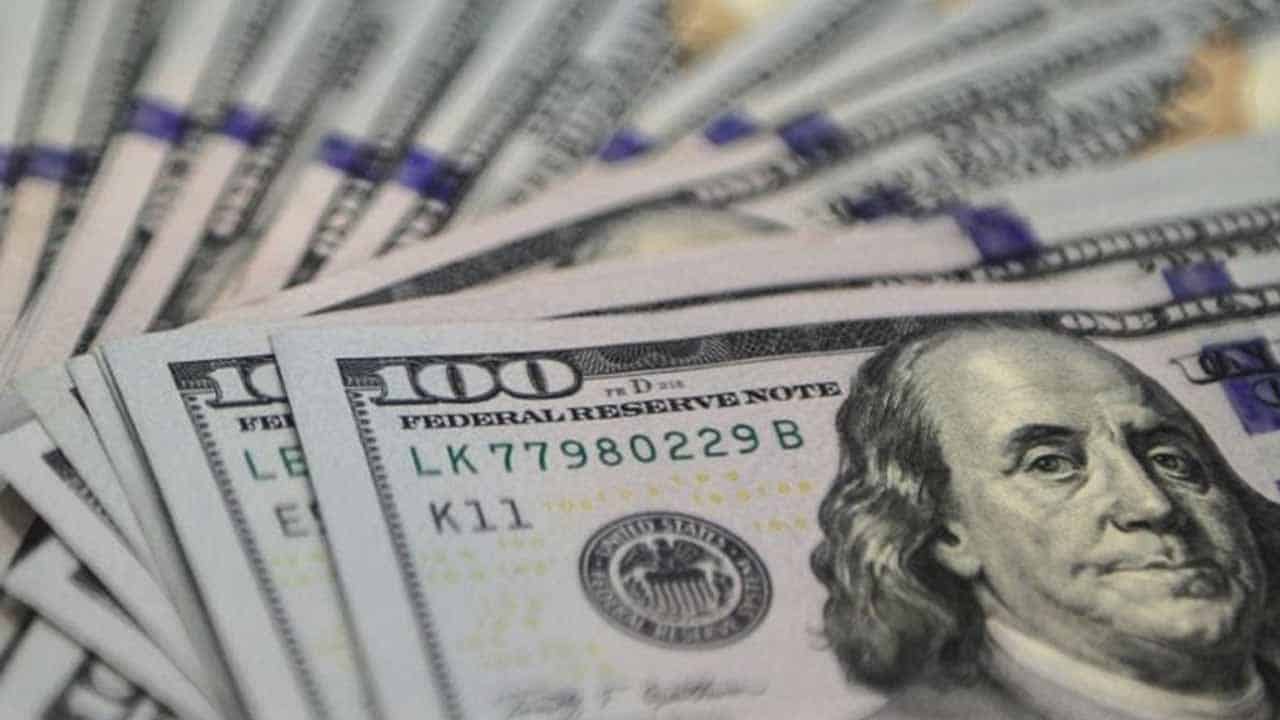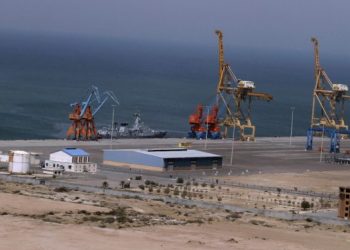In spite of difficulties with its external accounts, Pakistan borrowed $5.115 billion abroad in the first five months of the current fiscal year (July-November), over 14% more than it did in the same time frame the previous year.
The Ministry of Economic Affairs (MEA) reported receiving approximately $5.115 billion in foreign assistance in 5MFY23 compared to $4.499 billion in the same period last year in its monthly report on Foreign Economic Assistance (FEA).
Pakistan received $842 million from foreign inflows in November alone, up from $794 million in the corresponding month previous year, a 6 percent increase.
As a result, the total inflows, which were $5.115 billion in 5MFY23, represented only 22.4 percent of the $22.817 billion in budget expectations for the entire year.
Of the $12.233 billion in yearly budget expectations, the inflows of $4.5 billion in 5MFY22 accounted for 37. Foreign economic aid for the entire fiscal year 2021–2022 was finally recorded by the MEA at $16.975 billion.
The external inflow for the same five months of 2019–20 was $3.108 billion, or almost 24 percent, of the $12.958 billion yearly budget. The MEA announced last week that Pakistan received $8.4 billion in 2018–19 and a total of $10.7 billion in 2019–20.
The pricey foreign debt held by overseas Pakistanis in Naya Pakistan Certificates is also included in the foreign inflows recorded by MEA, however, it only amounted to $139 million in five months as opposed to the full year’s projection of $1.63 billion.
Unlike previous years, there were only three major sources of foreign inflows this year and including $4.172bn from multilateral lenders followed by $602 million from bilateral lenders and about $200mn from commercial banks.
International bonds, the fourth regular source, had ceased to exist due to bad credit scores, problematic external accounts, and consequently historically low foreign exchange reserves. For the current fiscal year, the government intended to issue $2 billion worth of foreign bonds, but in the first five months, no money could be raised.
With loan disbursements totaling $1.677 billion in 5MFY23, the Asian Development Bank emerged as the largest multilateral lender. The International Monetary Fund came in second with $1.166 billion, but its subsequent disbursement of $1.17 billion—scheduled for the first week of November—could not take place due to disagreements with the authorities over the conclusion of the 9th review.
For the current fiscal year, the government expects the fund to receive $3 billion in inflows. The ADB’s disbursements, however, more than doubled to $1.677bn in 5MFY23 when compared to $712m in 5MFY22.
In comparison to its $694 million during the same period the previous year, the World Bank Group disbursed roughly $624 million in 5MFY23. The Asian Infrastructure Investment Bank (AIIB), based in Beijing, has so far disbursed $510 million, a significant increase from just $38 million during the same period last year. Additionally, the Islamic Development Bank provided $175 million, including $161 million in short-term funding.
Saudi Arabia provided a deferred oil payment facility worth around $500 million to the bilateral lenders in the fifth fiscal year of this century, compared to a meager $1 million during the same period the previous year. China came in second with $55m, an increase from $22m the previous year. The loans from commercial banks decreased this year from $1.53 billion to roughly $200 million.
According to the report, the government got $661 million in short-term loans and inflows totaling $3.786 billion for fiscal support. In comparison to a full-year target of $21 billion, this resulted in a total non-productive (non-project) assistance of $4.447 billion in 5MFY23 (out of total inflows of $5.115 billion). More than 85% of all loans were obtained for the purchase of oil, budget financing, and the replenishment of foreign exchange reserves.
Various foreign-funded projects received about $645 million this year, down from $1.2 billion in the same period last year, or roughly 46%.
According to the MEA statistics, the amount of foreign loans has been continuously growing over the last four years, rising from $10.59 billion in 2018–19 to $10.662 billion in 2019–20, $14.28 billion in 2020–21, and then $16.97 billion in 2021–22.
This showed Pakistan’s heavy reliance on foreign loans to finance the rising current account deficit and salvage declining foreign exchange reserves.
This was also demonstrated by the fact that the federal budget for 2021–22 established a target annual budget for foreign debt of $14.088 billion whereas the government borrowed $17 billion. Over the course of 2020–21, the government borrowed a total of $14.3 billion. The goal for the current fiscal year is far greater, at around $23 billion.
This reveals an awful descent into the debt trap as the governments were forced to rely on expensive short-term commercial loans due to their inability to ensure enough non-debt-creating inflows through increased exports, remittances, and foreign direct investments.






